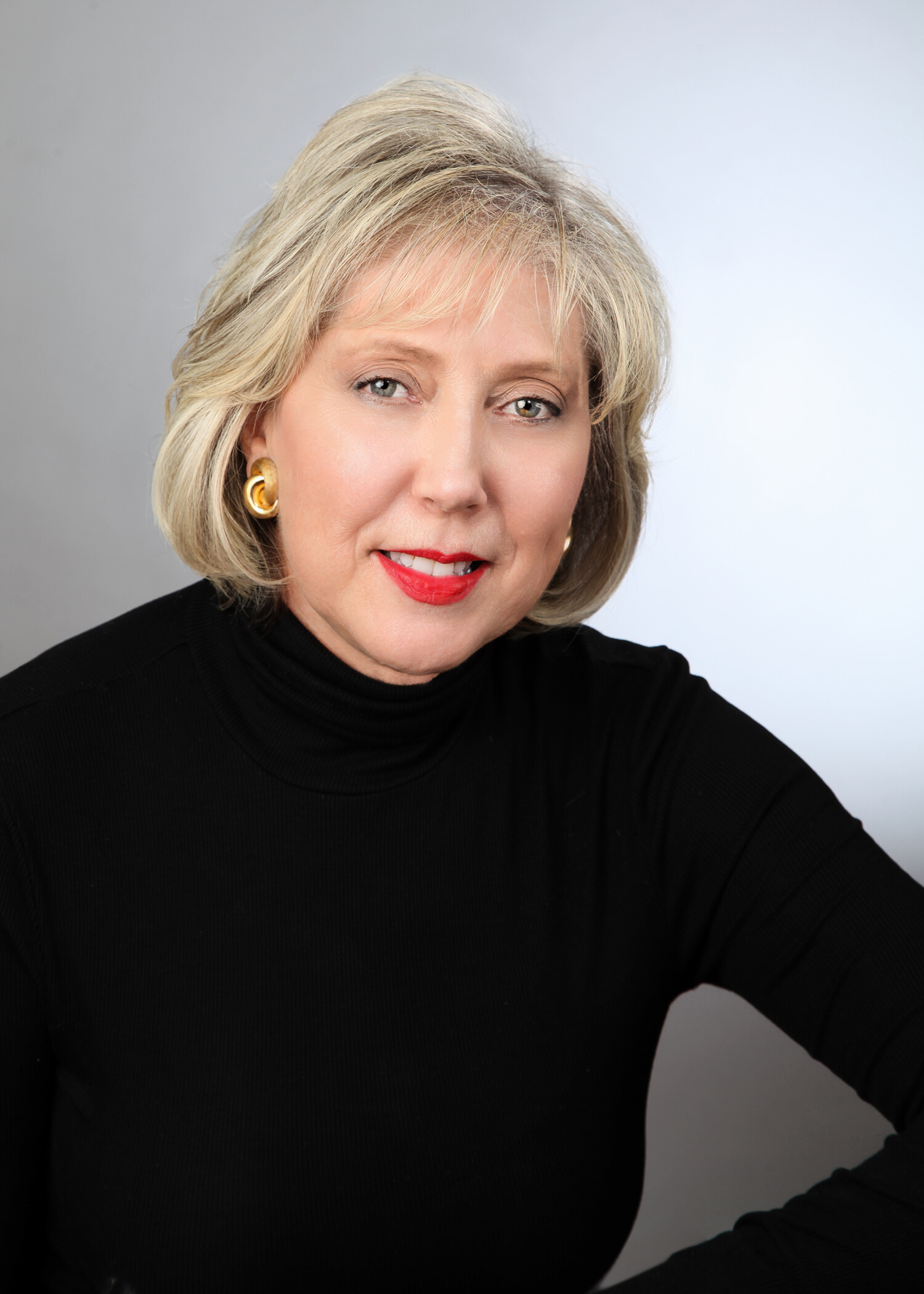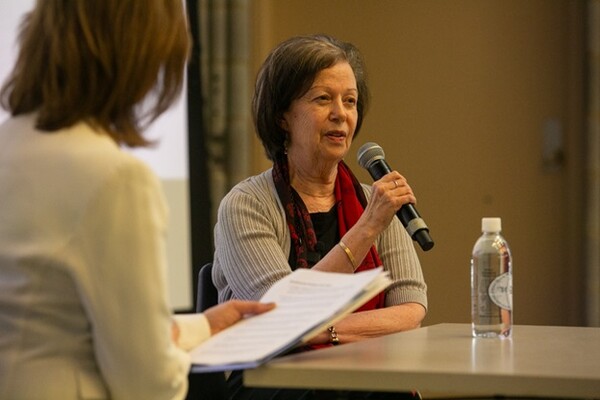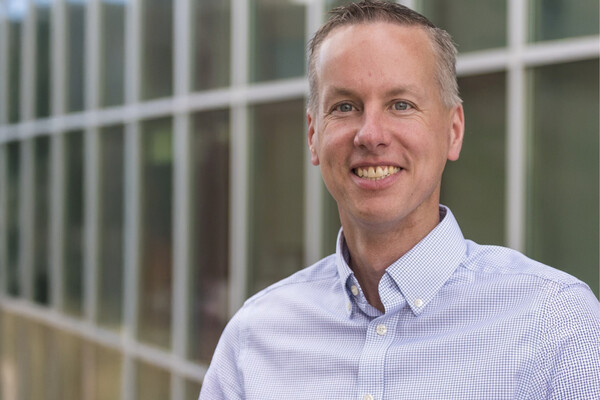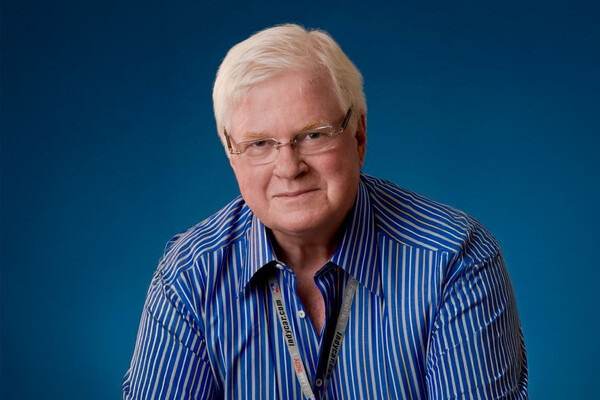Main Second Level Navigation
Breadcrumbs
- Home
- News & Events
- Recent News
- Stepping up for the Injured: Barbara Baptiste, MSc’05 (RSI)
Stepping up for the Injured: Barbara Baptiste, MSc’05 (RSI)

Barbara Baptiste, MSc’05 (RSI), is the President and founder of Rehabilitation Management Inc. She has worked with clients with complex medical health conditions since 1975, through a specialised practice in neurotrauma and community care plans. Barbara is certified in Life Care Planning and in 2013 was the first Canadian to be awarded by several international organizations for her education and leadership in this sub-specialty of Life Care Planning. Barbara has worked across Canada and internationally to assess future care needs and costs, and holds a community Faculty position with the Department of Occupational Science and Occupational Therapy and the Rehabilitation Sciences Institute at the University of Toronto.
Upon recognizing a gap in care for those with traumatic injuries, Barbara Baptiste set out to bridge it. The rehabilitation entrepreneur and U of T alumna spoke with the Faculty of Medicine’s Julie Lafford about her career.
When did you first become interested in rehabilitation care?
My first interest in rehabilitation came when I was 10 or 11 and I saw the Helen Keller movie The Miracle Worker. Most people don’t know that Helen suffered a brain injury after birth — she wasn’t actually born deaf-blind. When I saw the difference Anne Sullivan, her hired caregiver provided, I was moved to read the book, write a speech and then was asked to deliver presentations to all the senior classes at school.
By the time I entered high school I knew exactly what I wanted to do and I told the guidance counsellor what courses I wanted to take. In university, I studied psychology in order to understand cognition and development. And after graduation, I was hired by a company that specialized not just in brain injury, but in many types of injuries — all with a focus on trauma, which really intrigued me.
What led you to launch Rehabilitation Management Inc.?
As I began to focus my career on rehabilitation counselling in the 1970s, I realized that in Canada we had a major gap in care. No one was working to represent the individual with the injury — instead, they would always be representing a third party. And yet, I knew that if people got the right support — just like Helen Keller did — they could cope with whatever they were facing. So it was a natural progression for me to focus on services and supports for individuals with trauma. That’s when I decided to establish my company.
Importantly, I have had a superb team of skilled health professionals and support administration who have worked with me over the past 30 years towards achieving RMI’s mission and vision.
Were you able to help bridge that gap?
For many people, yes. I focused on life care planning for individuals after an injury, focusing on care coordination, care planning, case management, and ensuring access to services through third party payers. In the 1980’s I began to be called to give testimony at trials, usually on behalf of the injured party. By 1987, I was considered an expert — mostly because I was one of the only professionals doing this type of work.
What prompted you to go back to school after a highly successful 15-year career as an entrepreneur?
U of T’s Rehabilitation Sciences Institute (RSI) was a big turning point for me. In 2000 I went back to school part time, while I continued to work. I knew the field needed a lot more science behind it — and a lot more data. And I couldn’t rely on others to provide this data, because it wasn’t there. At that time only occupational therapists and physical therapists were entering RSI, but they opened it up to me that year due to intervention by the former dean, David Naylor and others.
During my studies, Dr. David Streiner was an excellent mentor to me and such a proponent of robust data. With his help, along with the guidance of other faculty members, I was able to take data about the future cost of care, apply it scientifically and use it in the court systems — ultimately adding to the integrity of knowledge and information about rehabilitation care.
What is a “future cost of care assessment”?
I started this work in 1985 when it was really new, and it’s still not well understood. Basically, you assess the predicted costs of care that are outside any healthcare system (for example, what would not be available through OHIP) for someone with a traumatic injury. The assessment includes needs like attendant care, personal support work, devices, therapeutic services, home and vehicle modifications — and it calculates what the frequency of need is and what the cost will be over a person’s lifetime.
Having done case management for years, I knew I had the planning skills to deliver these assessments, but putting science behind it through my work as an RSI student was critical. I combined the knowledge from RSI, the research I did as a student, and the practical experience from the business I run to create prediction models indicating what services someone with a certain disability will need over their lifespan.
This is a fascinating area within rehabilitation, and the public needs to understand that there are still barriers to access. People don’t have to live with the amount of isolation, pain and stigma that can come with a life-altering injury or health condition— there are supports out there. If the proper supports and resources are put in place, your chances of an improved quality of life are pretty darn good.
News


